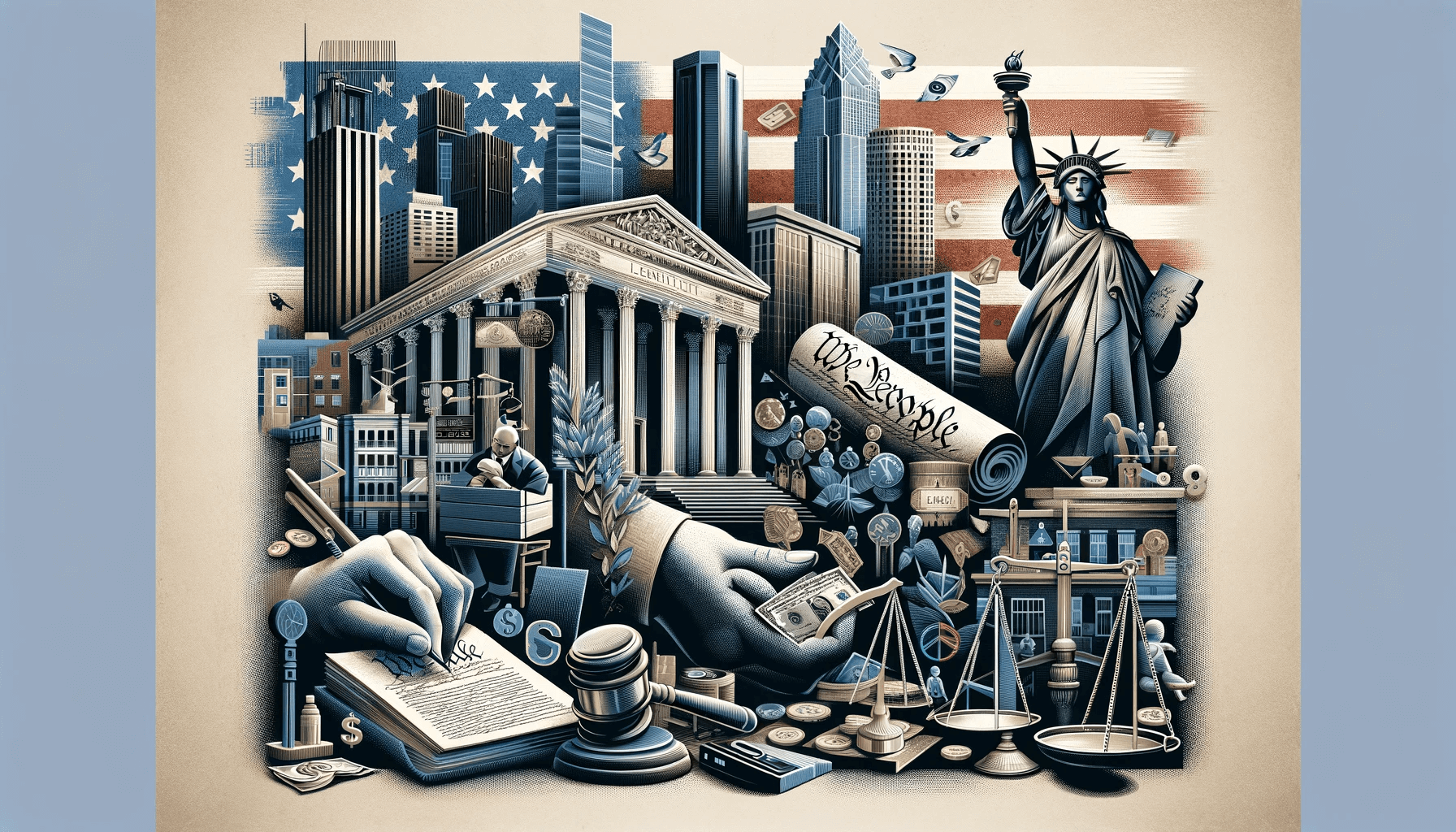In the mosaic of American jurisprudence, the legality of panhandling – the act of soliciting money or food, often in public spaces – remains a contentious and evolving issue. This article delves into the legal intricacies surrounding panhandling across the United States, examining the interplay between First Amendment rights and public safety concerns. Our objective analysis, infused with an informal tone, aims to provide a comprehensive understanding of this multifaceted topic.
The Constitutional Context
At the core of the panhandling debate lies the First Amendment of the U.S. Constitution, which safeguards freedom of speech. This protection extends to various forms of expression, including non-verbal ones like displaying signs or soliciting donations. However, this right is not absolute and can be subject to governmental restrictions deemed reasonable. The complexity arises when trying to balance this fundamental right against public safety and order concerns.
The Legal Patchwork Across States
Panhandling laws vary widely across states and even cities within states, contributing to a complex legal patchwork. Some jurisdictions have implemented regulations that specifically target panhandling, while others have broader laws that indirectly impact panhandling activities.
Court Decisions Shaping the Landscape
Several court rulings have significantly influenced panhandling laws. Notably, the U.S. Supreme Court’s decision in Reed v. Town of Gilbert highlighted that laws discriminating against speech based on content are subject to strict scrutiny. This ruling has led to the invalidation of numerous panhandling laws as impermissible content-based restrictions on speech. For example, ordinances in Springfield, Illinois, and Portland, Maine, were struck down for being unconstitutional.
Examples of Panhandling Laws
In exploring the legality of panhandling, it’s critical to understand how different jurisdictions approach the issue:
- Time, Place, and Manner Restrictions: Many localities regulate where and when panhandling can occur, such as prohibiting it near schools, public transportation stops, or ATMs.
- Licensing or Permitting Requirements: Some cities require individuals engaging in panhandling to obtain a license or permit, often involving an application process or criteria fulfillment.
- Prohibitions and Enforcement: Certain areas have enacted outright bans on panhandling, especially targeting aggressive or obstructive behavior. Enforcement varies, with some cities imposing fines or other penalties.
The Intersection with Homelessness and Poverty
Panhandling is often linked with homelessness and poverty. While not all panhandlers are homeless, and vice versa, there’s a significant overlap. Addressing panhandling legally also means grappling with these broader social issues, including the need for affordable housing, mental health services, and employment opportunities.
Navigating Legal and Social Complexities
For legal professionals, staying informed about the current state of panhandling laws is crucial. It’s equally important for the public to understand their rights and the specific regulations in their localities. This knowledge is vital not only for compliance but also for participating in informed discussions about potential reforms and solutions.
Conclusion
In conclusion, the legality of panhandling in the U.S. is a dynamic and multifaceted issue, embedded within broader social and constitutional contexts. Understanding this landscape requires a careful analysis of local laws, court decisions, and underlying social factors. As the debate continues, staying informed and engaged is essential for legal professionals, policymakers, and citizens alike.









Leave a Reply